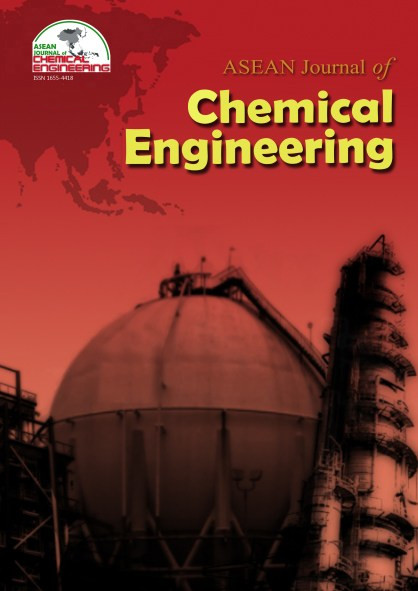Effects of Steam Injection Flow in Burner and Outside Water Tube to the Increasing of Boiler Temperature
Abstract
Energy is an expensive basic need for human life, especially energy from fossils, such as crude oil, gas, and coal. In an oil refinery factory or electrical generator unit, where heat is most dominantly utilized, the boiler is used to generate steam. The main problem in a boiler is its uncompleted combustion process because of the incomplete ratio of air–fuel. This problem is caused by the addition of deposits or sealing inside and outside of the tube fire heater which will reduce the performance of fired heater. The objective of this research is to study the effect of steam flow variation on burner and tubing for increasing heat and temperature as well as the quality of steam. This research used a package boiler B&W series 1986 model which can be seen at an oil refinery factory or steam power electrical generator unit in Indonesia. This package boiler has 50kg/hours steam production capacity, qualified superheated steam, maximum pressure and temperature at 7kg/cm2 and 700oC. Quantitatively, the achievable heat efficiency which corresponded to the temperature increase caused by the steam injection is 41.25% and the specific enthalpy is 12.07%.
References
2. Agustin G.T. (1975). “Shreve’s Chemical Process Industries”. Washington State University, Mc Graw Hill Book Company. USA.
3. ASME Boiler and Pressure Vessel Committee. (1992) “ASME Section I--Rules for Construction of Power Boiler.” The American Society of Mechanical Engineers, New York.
4. Babcock and Wilcox Co. (1975). Steam, Its Generation and Use. 38th Edition. New York, USA. Berman, H. (1978). How to reduce your fuel bill, “Fired heaters–IV,” Chem. Engng,165-169.
5. Frigoli, A., Livraghi, G., and Mioralli. (1999). “Process for Determining the Film Off Fuel Deposit on the Intake Manifold of Electroinjector Engines With Controlled Ignition”. US Patent, US005957993A.
6. McCain, William D. (1990). The Properties of Petroleum Fluids. 2nd ed. Penn Well Books, Tulsa, OK.
7. Smith, C.B. (1981). Energy Management Principles, Application Benefits Savings. Pergamon Press.
8. Wilcox, J.C. (1978). “Improving boiler efficiency,” Chem. Engng., 85 (Oct 9), 127.
Copyright holder for articles is ASEAN Journal of Chemical Engineering. Articles published in ASEAN J. Chem. Eng. are distributed under a Creative Commons Attribution-NonCommercial 4.0 International (CC BY-NC 4.0) license.
Authors agree to transfer all copyright rights in and to the above work to the ASEAN Journal of Chemical Engineering Editorial Board so that the Editorial Board shall have the right to publish the work for non-profit use in any media or form. In return, authors retain: (1) all proprietary rights other than copyright; (2) re-use of all or part of the above paper in their other work; (3) right to reproduce or authorize others to reproduce the above paper for authors’ personal use or for company use if the source and the journal copyright notice is indicated, and if the reproduction is not made for the purpose of sale.



